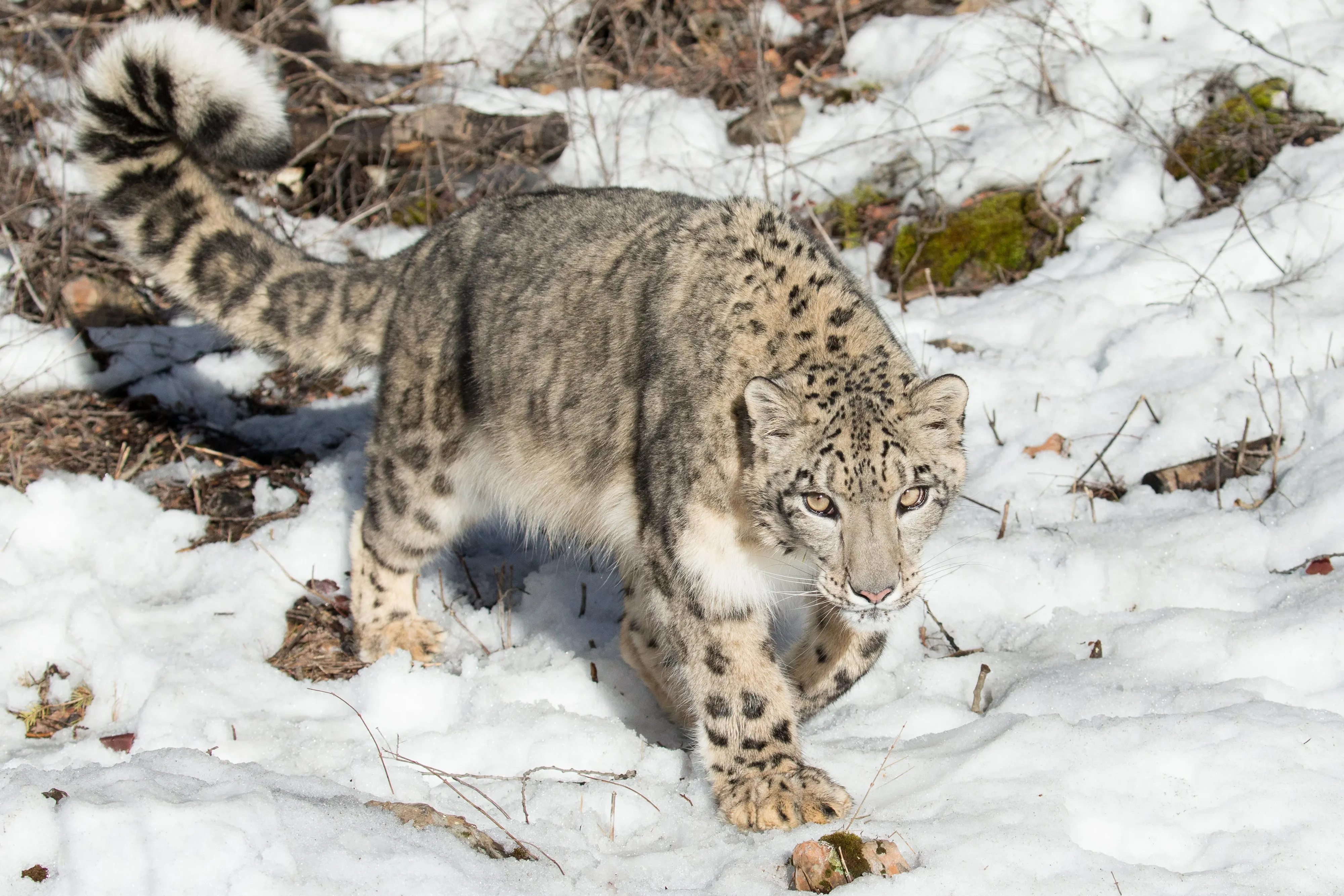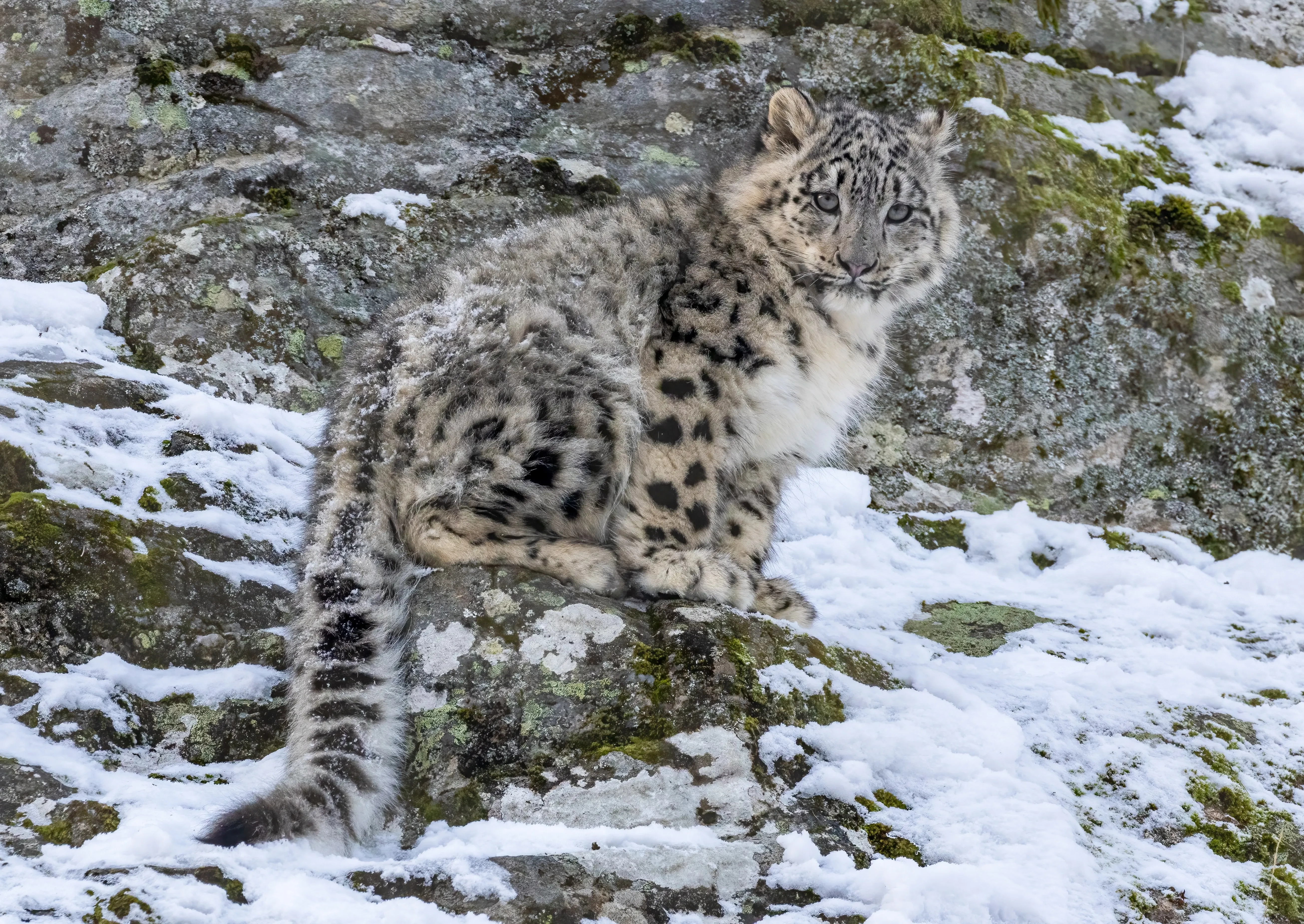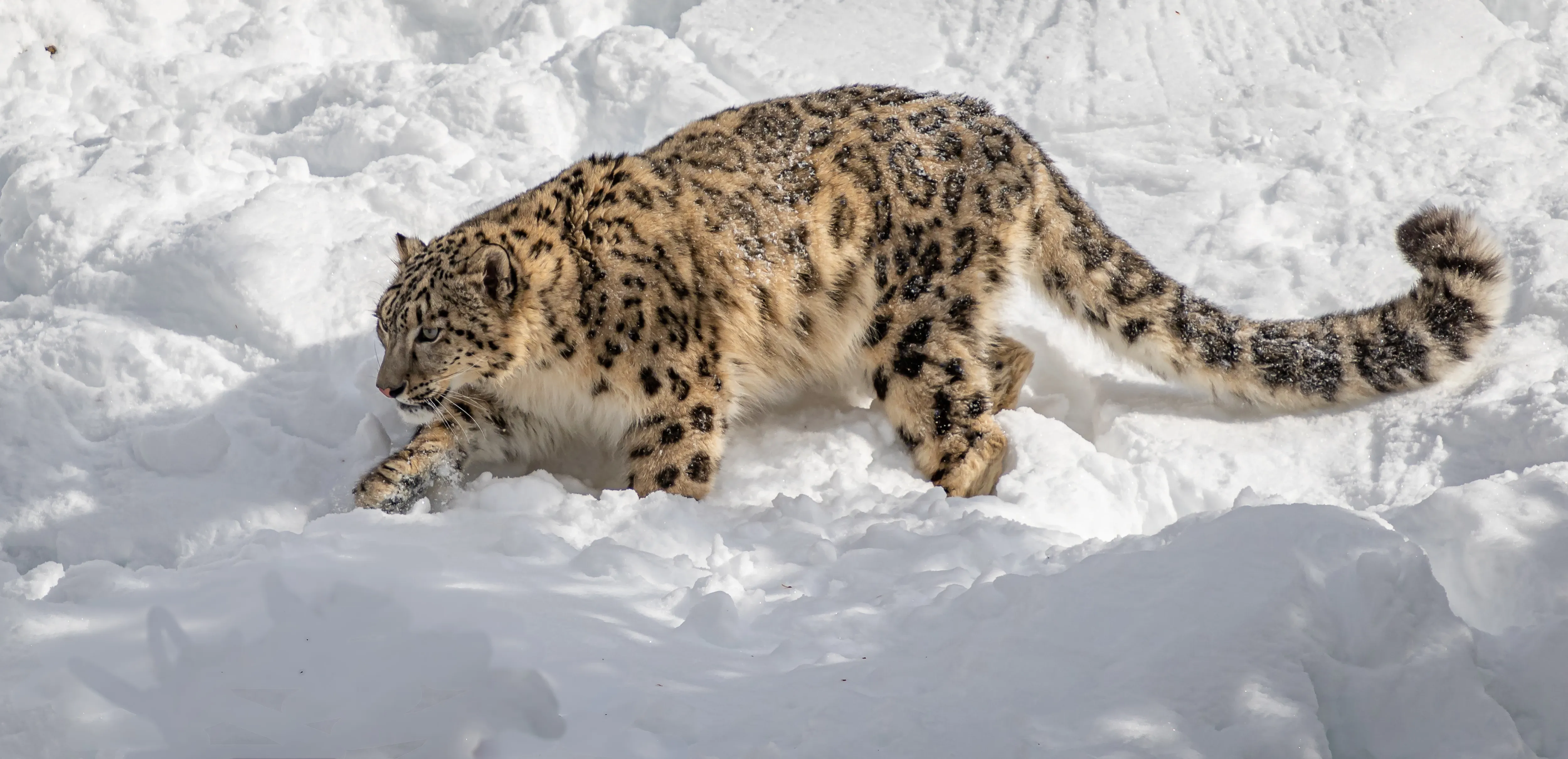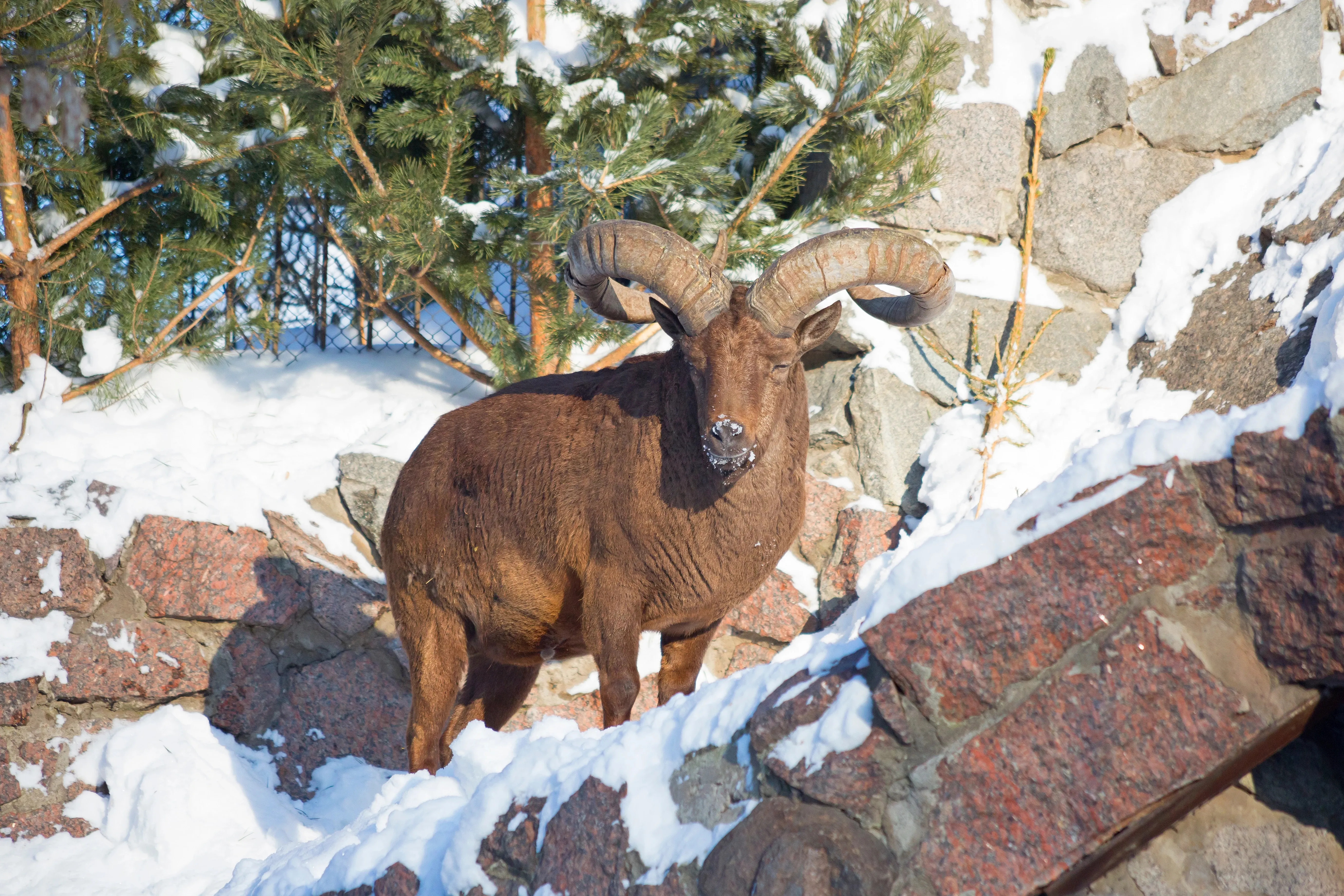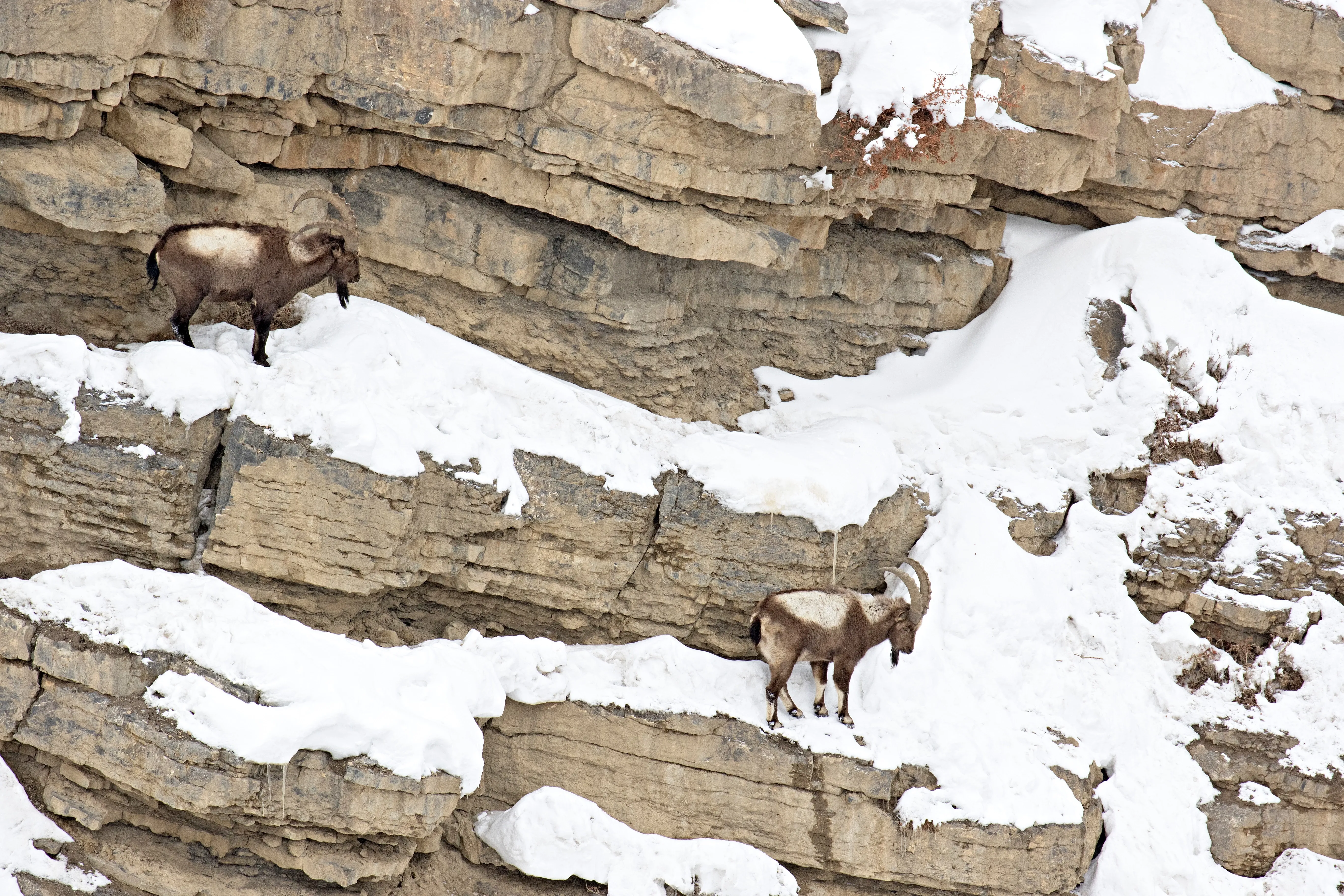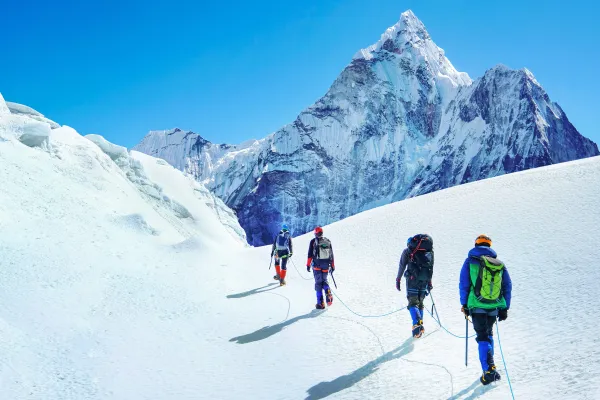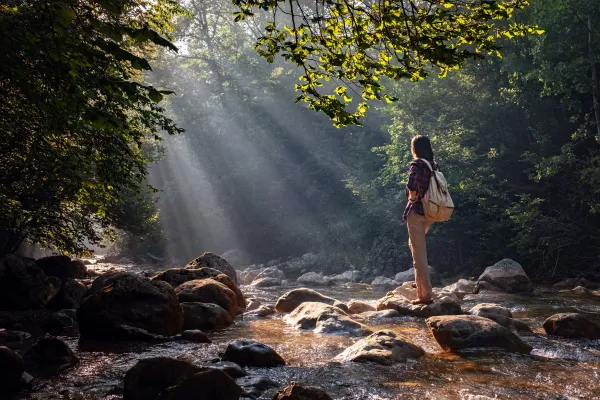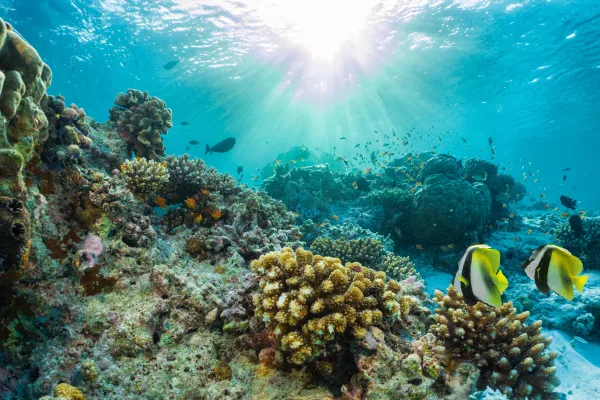Protecting the snow leopards in Nepal
If there ever was an animal deserving of the Volvo slogan “designed to perfection”, it is the snow leopard (Panthera uncia). Centuries of evolution have honed these incredible cats to withstand some of the earth's harshest environments and highest peaks.
Exquisite, enigmatic, and notoriously elusive, snow leopards are also highly endangered. The World Wildlife Fund estimates that, as of 2022, a mere 4,000-6,500 are left in the wild. Similarly, the IUCN list them as ‘Vulnerable’.
Ghosts of the mountain
Snow leopards are known as the ‘ghosts of the mountains’ for their stealthy, secretive nature and excellent camouflage. They are indigenous to the highlands of central Asia, including the Himalayas. They can survive at altitudes of up to 20,000 feet, where temperatures drop as low as minus 40 degrees Celsius. Their ability to do so depends on a set of unique physical adaptations. For example, they have the densest coat of any feline, with roughly 26,000 hairs per square inch.
In comparison, humans have an average of 1,300 hairs per square inch. Snow leopards’ wide nostrils and deep, broad chest cavities allow them to inhale maximum air with each breath. Furthermore, they have more red blood cells than other cats, enabling them to absorb more oxygen. These features are valuable assets at such great heights, where oxygen levels are extremely low.
Traversing fresh, powdery snow and icy slopes is no small feat for most species. However, watching snow leopards chase prey across this formidable landscape is awe-inspiring. Their broad, solid chests act as ‘shock absorbers’ on these high-speed chases across jagged rocks and death-defying descents down sheer stone cliffs. Huge, wide paws act as snowshoes stopping them from sinking into the soft, powdery snow. Additionally, long, powerful hind legs enable them to run at speeds of up to over 60 kilometres per hour. They also allow snow leopards to jump up to 16 meters horizontally - further than any other animal on earth.
Additionally, they have thick, fluffy tails which reach up to in length - almost the same as their body length. Snow leopards use them to counteract their body weight, similar to how tight rope walkers use a balancing pole. They also function like ‘hot water bottles’ that the cats wrap around their bodies for extra heat.
Why are snow leopards endangered?
Snow leopards are facing multiple threats in the modern world. Climate change is high on the list of these dangers. Scientists believe rising temperatures could eliminate up to 30 % of the Himalayan snow leopard population alone. However, the most severe threats they face are from human beings. For example, the illegal wildlife trade, fuelled by the demand for exotic pets, forces hundreds of these animals into captivity each year. Farming and urbanisation have encroached on these cats’ habitats while hunting and poaching have decimated their populations. Similarly, these factors have dramatically decreased their food sources.
Snow leopards usually feed on wild grazing animals indigenous to Central Asia like argali and ibex. To survive, they need to eat 20 to 30 of these animals a year. As these ungulate populations have diminished in recent years, snow leopards have had to hunt harder and farther for food. Simultaneously, many pastoralists have moved into snow leopard territory, bringing their livestock with them. This human-wildlife proximity has had devastating repercussions. Unsurprisingly, the cats are attracted to these readily available sources of prey. However, their attacks on domestic animals like sheep and goats directly threaten these people’s livelihoods. Consequently, locals often react to such incidents with violent backlashes.
Retaliatory killings are among the most crippling obstacles to the snow leopard's long-term survival. There is a desperate need to educate and work with the people that share their territory with snow leopards. Fortunately, various dedicated non-profit organisations in snow leopard territory have collaborated with local communities to diffuse the conflict. A particularly successful project is based in Kyrgyzstan, a mountainous, landlocked Central Asian country.
Protecting snow leopards – A success story
Kyrgyzstan used to have a relatively healthy snow leopard population. However, when the Soviet Union collapsed in 1991, Kyrgyzstan's economy crashed. The crisis hit rural areas particularly hard. Under mounting financial pressure, local communities turned to snow leopards as a revenue source.
Poachers hunted the cats relentlessly for their skin, bones, and other body parts and peddled them on the black market. Consequently, snow leopard numbers in the region plummeted by up to 80 %. However, dedicated conservation efforts have brought these felines back from the brink of extinction in the country.
Engaging communities in snow leopard conservation
Kubanychbek (Kuban) Zhumabai Ululu is the director and founder of the country’s Snow Leopard Foundation. He has been studying snow leopards for seven years. However, he has only seen three of these stealthy, secretive animals in the wild. Kuban and his team have been using camera traps to photograph snow leopards across a vast region of Kyrgyzstan.
A specialist team of rangers assists him, ranging from anti-poaching activists to photographers and technology experts. The pictures captured provide valuable information about these felines’ movements, mating habits, social behaviour, and survival techniques.
»For example, we are able to see how snow leopards share the habitat with other animals, which females have given birth, how long the cubs stay with the mother«
Furthermore, the Snow Leopard Foundation collaborates with local communities on a win-win strategy. They have engaged these people to protect snow leopards and other indigenous wildlife within an established area. In return, the foundation facilitates a handicraft project that brings much-needed funds to this remote part of the planet. The locals make these crafts from low-grade wool that they would otherwise discard. The foundation markets and sells the products worldwide and pays the villagers directly.
Moreover, the community receives an additional bonus if no snow leopards or other wild animals are poached within the designated protected zone. The scheme has yielded excellent results as locals have begun to view snow leopards as an asset, not an enemy.
While snow leopards remain elusive to most people, the foundation’s data shows that Kyrgyzstan now has the densest population of snow leopards on Earth. The project's phenomenal progress is a true testament to the power of conservation for species preservation.
Sign up for the newsletter
By clicking on “Subscribe now” I will subscribe to the Conscious Explorer newsletter with all the information about mindful travel. Information on the success measurement included in the consent, the use of the shipping service provider MailChimp, logging of the registration and your rights of revocation can be found in our privacy policy.

